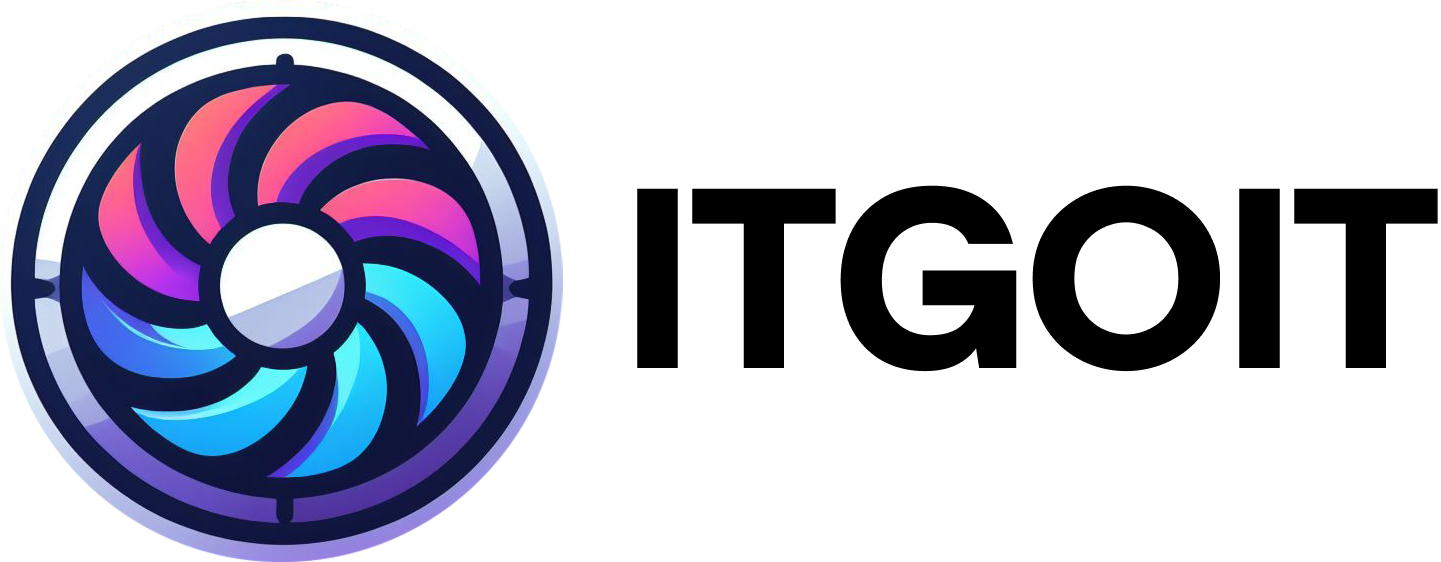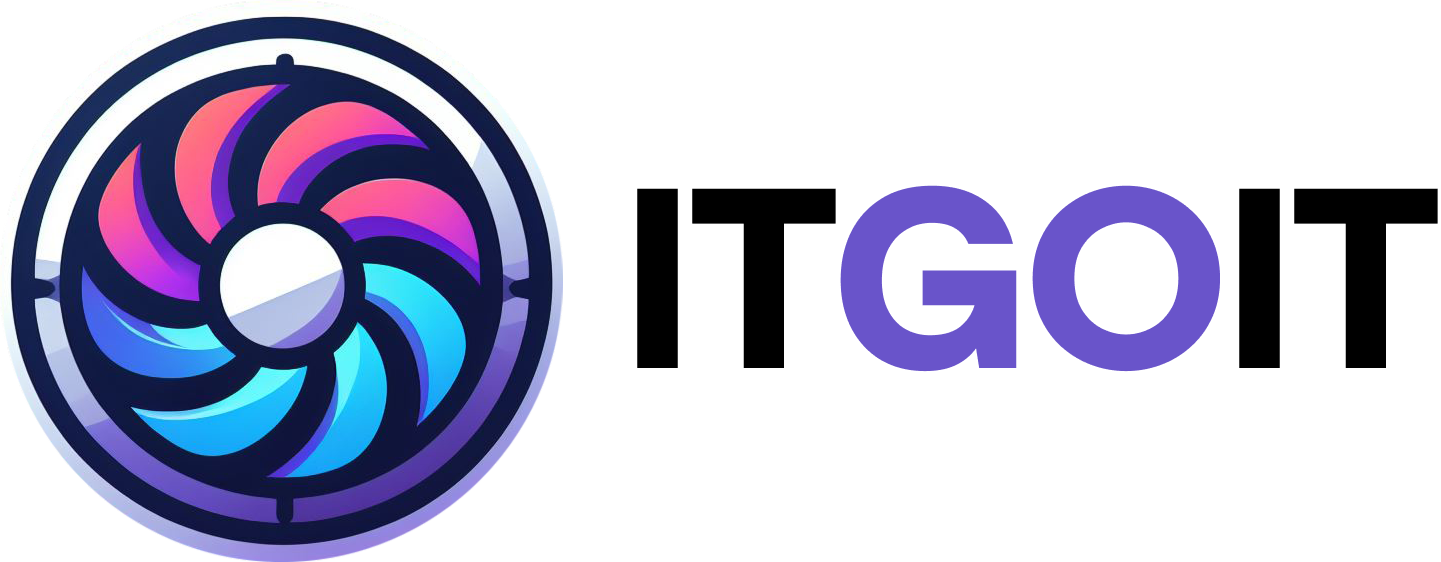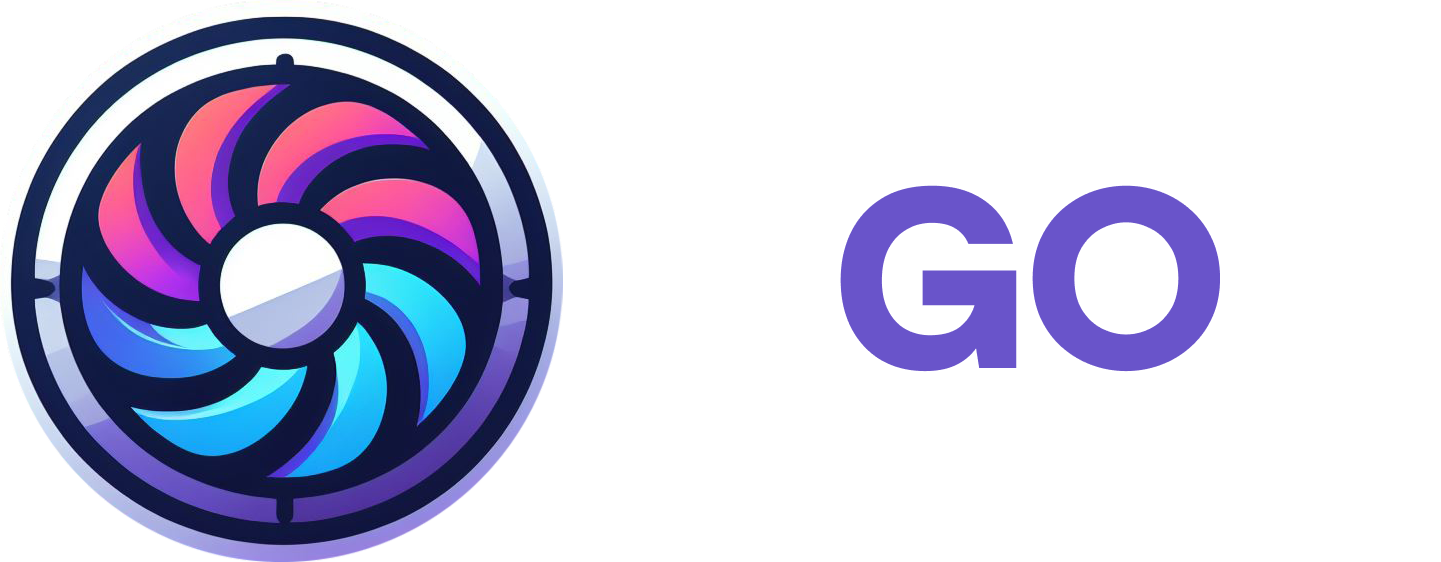Branding
Welcome to the ITGOIT Brand Guidelines
At ITGOIT, we make IT simple, reliable, and exceptional for everyone, from individuals to businesses and schools. Our brand is open-minded and approachable, dedicated to keeping your digital world running smoothly.
These guidelines are your roadmap to our brand identity, serving as the user manual for our logo, colors, gradients, and overall vibe. Following them ensures ITGOIT remains consistent, vibrant, and true to our mission of delivering top-notch IT services with a smile.
If you plan to use our brand assets, please align with these guidelines and request approval via our contact page. Reviews typically take 3-5 weeks. Let’s build something great together!
Sincerely, The ITGOIT Brand Team
Our Branding Assets
Download our branding kit or individual logos and symbols for your use.
Logo
Logo
Construction
The primary version of the ITGOIT logo consists of the symbol, named IT Symbol, and the ITGOIT wordmark. These two elements have been optically balanced by matching the counters of the wordmark to the symbol.
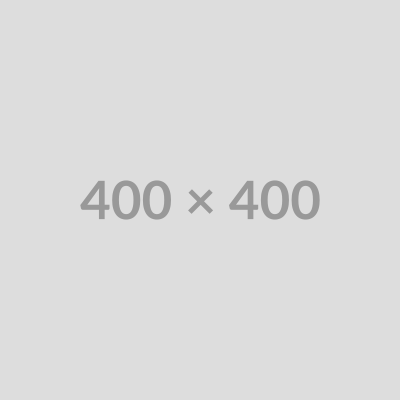
Clearspace
Our logo should always have room to breathe: we call this the clearspace. This prevents it from getting lost or looking too cluttered. The clear space equals the height of 'I' from the wordmark.

Scalability
Our logo is designed to work at various sizes. The minimum symbol size for digital applications is 20px in height to ensure legibility.
Usage
Applying the ITGOIT logo starts with understanding our brand presence. Sometimes the logo is the main character, sometimes it’s supportive. The symbol can be detached for display usage.
Do's & Don'ts
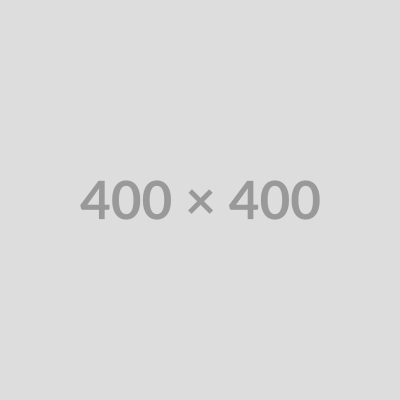
Yes: Symbol & Wordmark used together as sign-off
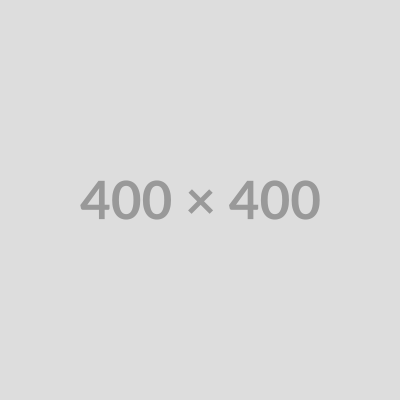
Yes: Wordmark used by itself for display usage
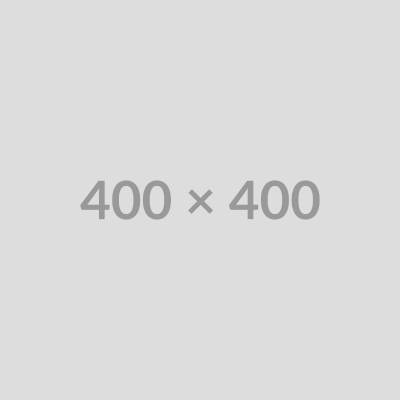
No: Wordmark used without Symbol as sign-off
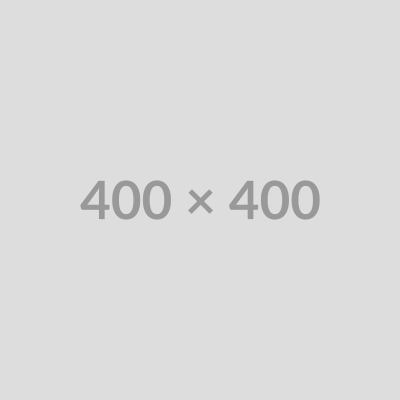
No: Logo lockup used at display size
Placement
We place our wordmark in specific locations to ensure consistency and flexibility.
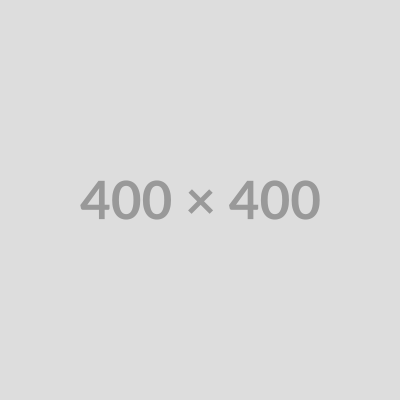

Color
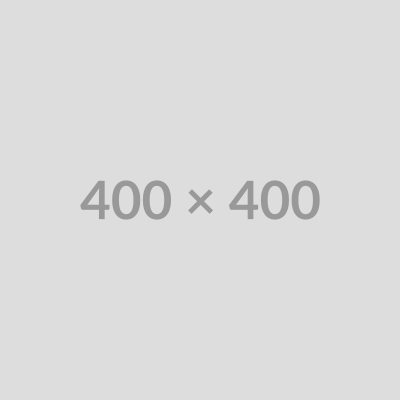
Primary on Secondary
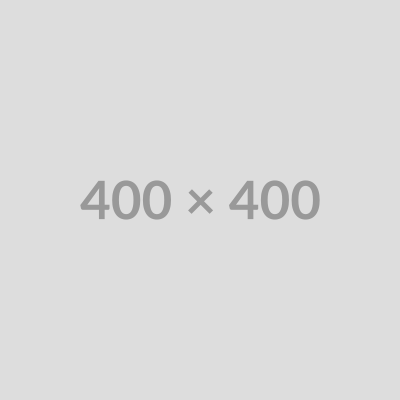
Primary on Light Primary
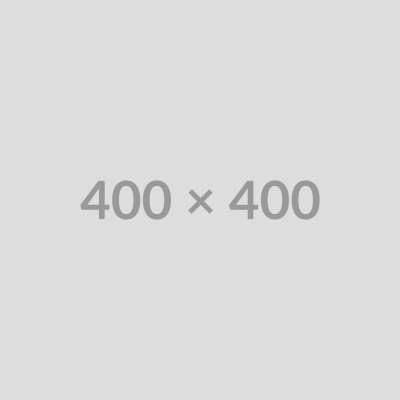
Color on Secondary
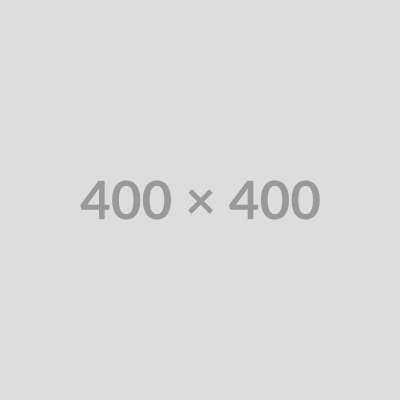
Secondary on Primary

Light Primary on Primary
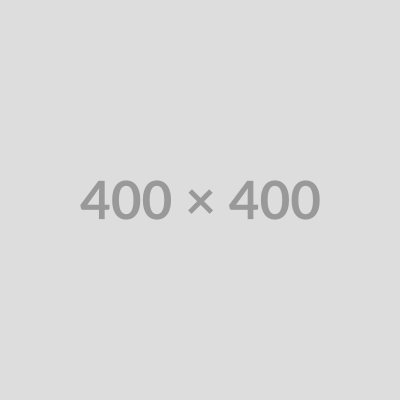
Secondary on Color
Over Imagery
Our wordmark should be clearly legible over images. Ensure sufficient contrast and avoid complex backgrounds. Refer to WCAG for contrast guidance.
Do's & Don'ts
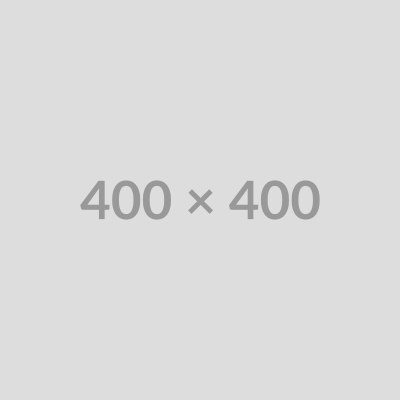
Yes: Logo has enough contrast with the background
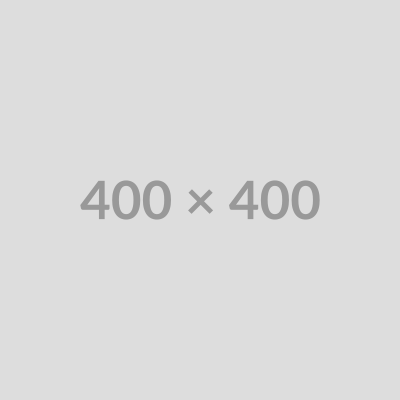
Yes: Logo has enough contrast with the background
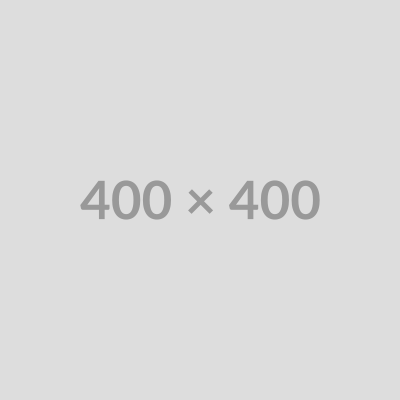
No: Logo placement interferes with busy background
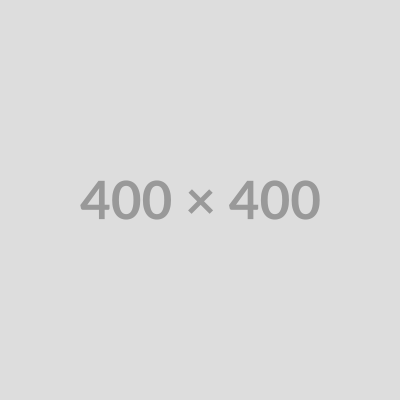
No: Not enough contrast between logo and imagery
Contextual Usage
On social media, the logo is optional for regular posts but required for key announcements. For out-of-home ads, the logo is essential.
Partner Lockup Horizontal
The ITGOIT logo can be locked up horizontally with partner logos. Space between logos equals 1.5x the cap height of the wordmark.
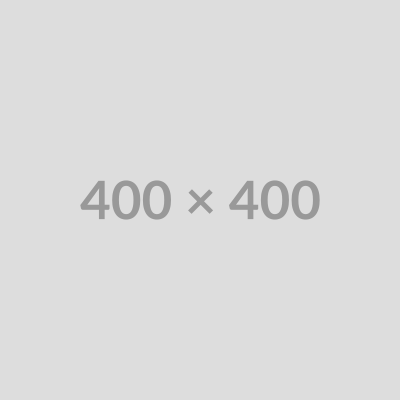
Partner Lockup Vertical
The ITGOIT logo can be locked up vertically with partner logos. Space between logos equals 1.5x the cap height of the wordmark.
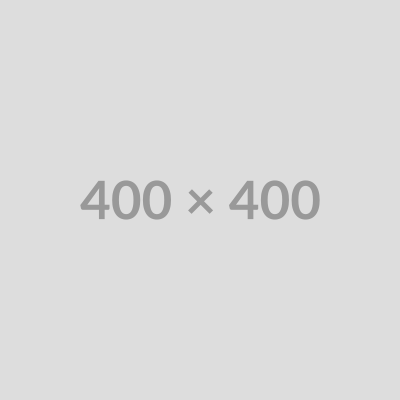
Partner Lockup Optical Adjustment
Partner logos may need optical adjustment to balance with the ITGOIT logo.
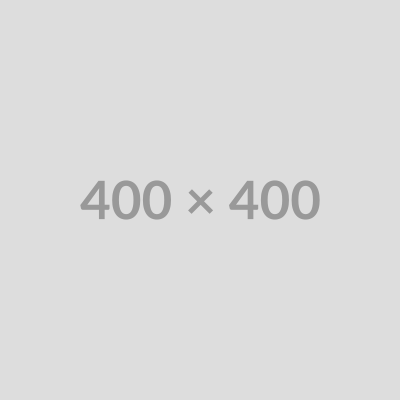
Logo Don'ts
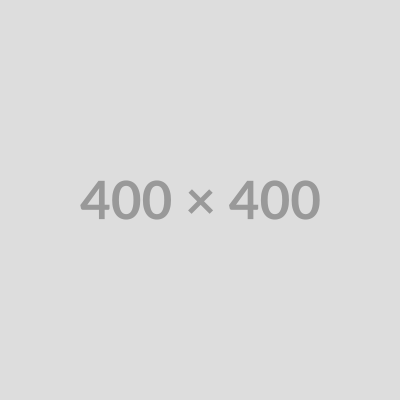
No: Don’t stretch or distort the logo
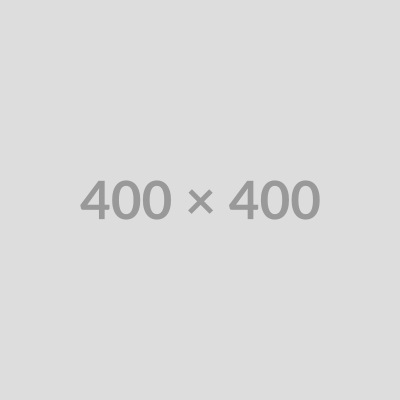
No: Don’t rotate the logo
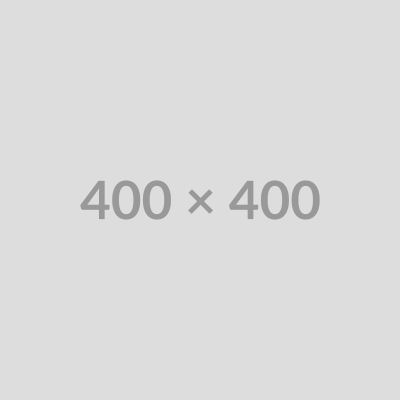
No: Don’t change alignments of the logo

No: Don’t outline the logo
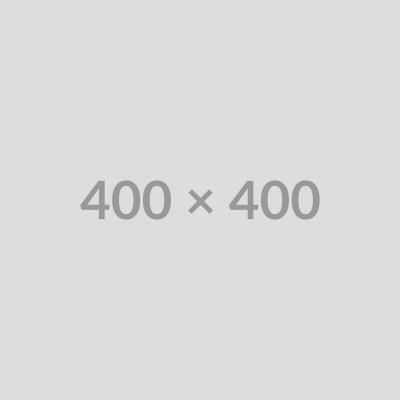
No: Don’t change the scale relationship of symbol and wordmark
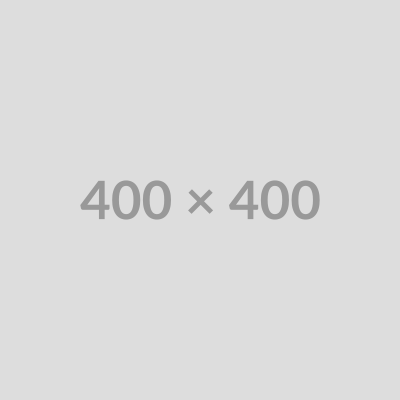
No: Don’t apply effects like glows or drop shadows
Symbol
Symbol
Overview
In specific instances, the ITGOIT logo can be reduced to the symbol, named IT Symbol. The most prominent use of the symbol by itself is in contexts where size constraints limit the use of the full wordmark, such as app icons or social media avatars. Our symbol allows the brand to be iconic and flexible.
Clearspace
A certain amount of space is needed around the symbol to prevent it from becoming cluttered by surrounding artwork, imagery, or the edge of a page. The minimum spacing is one-third of the symbol’s width.
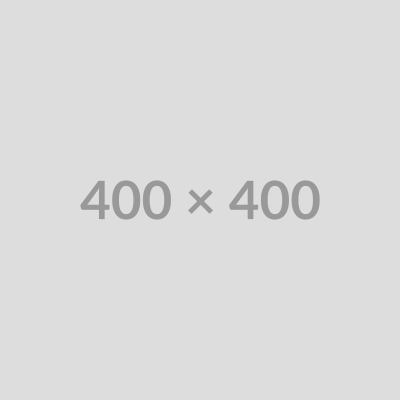
Scalability
The IT Symbol is designed to work in various sizes. The minimum symbol size for digital applications is 20px in height to ensure legibility.
Horizontal Lockup
The IT Symbol can be locked up with partner brands and collaborators’ logos. The size of the elements should be optically adjusted to appear the same size. The space between the symbol and partner logo is half of the symbol’s width.
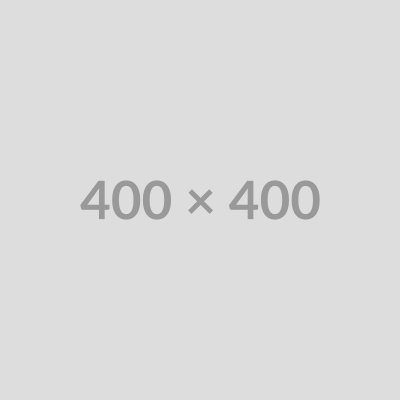
Alignment
For digital applications, the symbol is often locked up in a rectangular or circular container. The symbol must be mechanically aligned for balance and sized to give a comfortable amount of space on all sides.
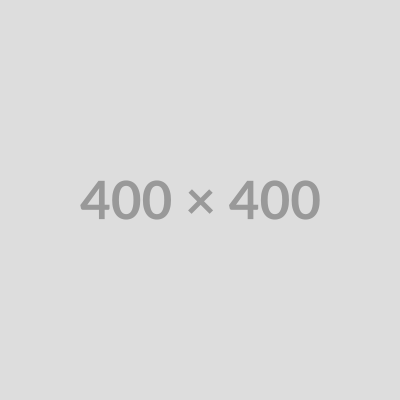
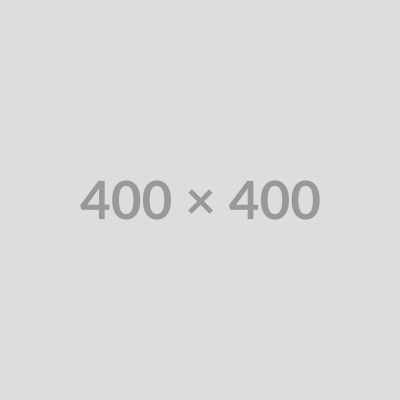
Scalability
The IT Symbol is designed to work in various sizes. The smallest symbol icon should be 30px tall to be legible.
Color Pairings
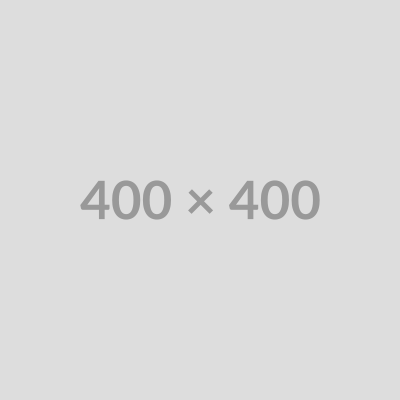
Primary on Transparent
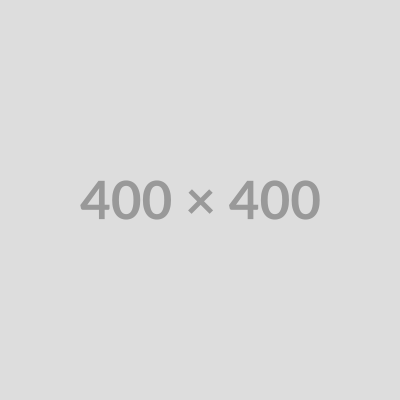
White on Primary
In Use
An example of the IT Symbol used as an app icon or social media avatar.
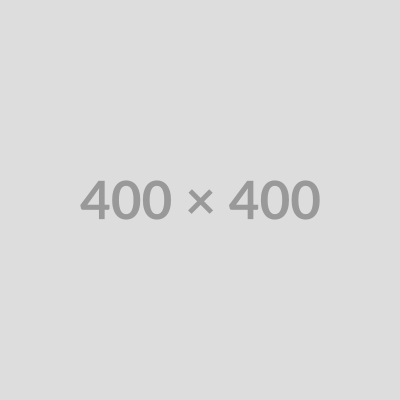
Symbol Don'ts
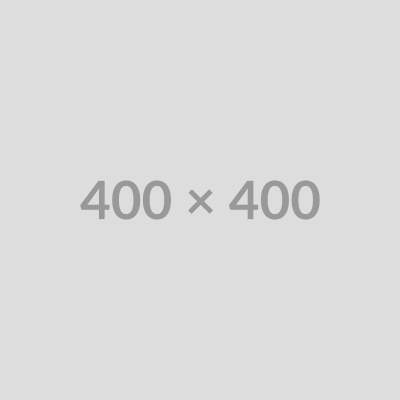
No: Don’t stretch or distort the symbol
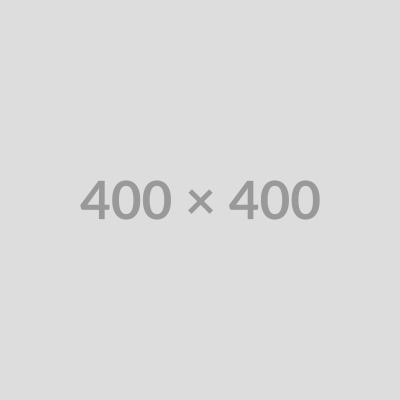
No: Don’t tilt the symbol
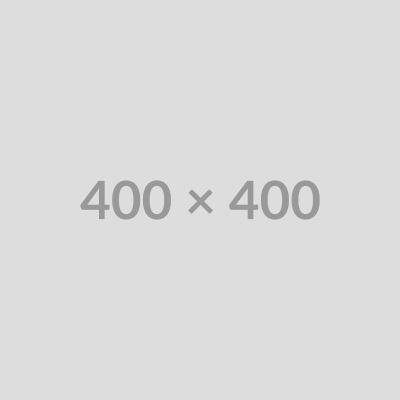
No: Don’t change the composition of the symbol
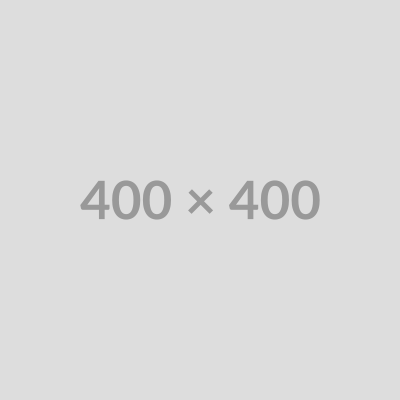
No: Don’t outline the symbol
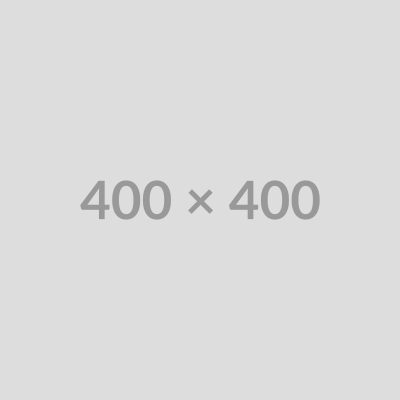
No: Don’t use glow effect on the symbol
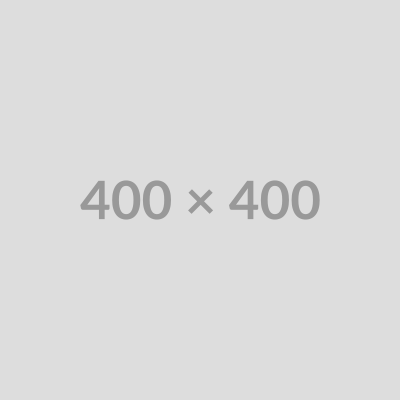
No: Don’t use symbol as a mask
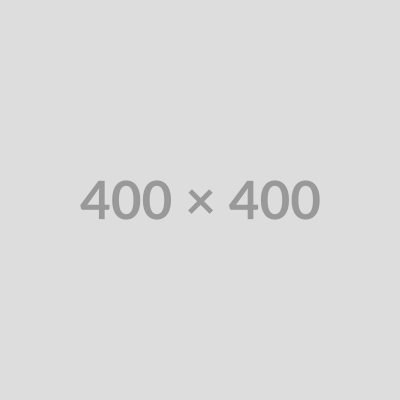
No: Don’t apply drop shadows to the symbol
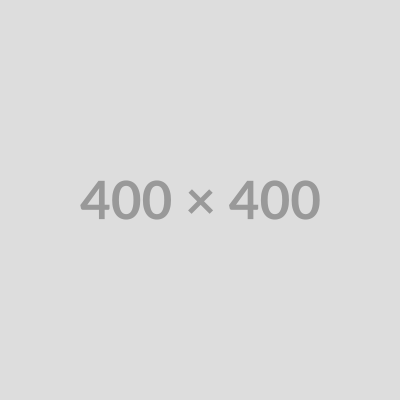
No: Don’t use unapproved color pairing on the symbol
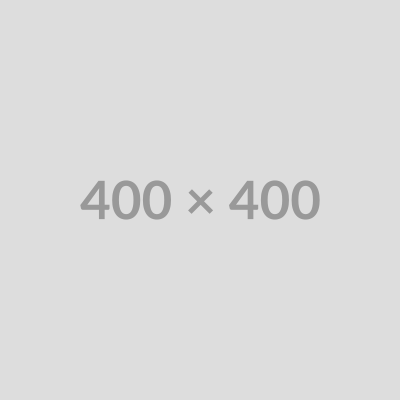
No: Don’t use low resolution symbol
Typography
Typography
Our Typefaces
ITGOIT employs two tailored typefaces from the Ginto family: Ginto ITGOIT Nord for striking headlines and Ginto ITGOIT Medium for smaller text, such as subheadings and captions. These typefaces enable our brand to shift seamlessly between bold, engaging expressions and clear, informative communication. An additional typeface, GG Sans, is utilized within the ITGOIT product. For specific usage details, refer to ITGOIT’s product guidelines.
Custom Characters
Select characters in our typefaces have been refined to enhance readability across various platforms. To ensure both functionality and visual consistency, always use the custom Ginto ITGOIT typefaces instead of the standard Ginto family.
Character Set: Ginto ITGOIT Nord Bold
This section showcases the character range of Ginto ITGOIT Nord Bold, supporting all European Latin-based languages, excluding those requiring Greek or Cyrillic scripts. For non-Latin scripts (e.g., Mandarin, Arabic, Hebrew), designers should opt for Noto Sans or the closest equivalent to Ginto ITGOIT Nord available in that language.
Character Set: Ginto ITGOIT Medium
This section displays the character range of Ginto ITGOIT Medium, covering all European Latin-based languages, except those needing Greek or Cyrillic characters. For non-Latin scripts, use Noto Sans or the nearest match to Ginto ITGOIT Medium.
Character Set: Ginto ITGOIT Regular
This section highlights the character range of Ginto ITGOIT Regular, intended solely for digital and product applications. Avoid using this weight in brand communications; opt for Ginto ITGOIT Medium instead.
Typeface Usage
To balance ITGOIT’s vibrant and approachable identity with clear messaging, select typefaces thoughtfully: Use Ginto ITGOIT Nord Bold for impactful headlines. Use Ginto ITGOIT Medium for body copy, captions, and detailed text. Always choose custom Ginto ITGOIT typefaces over standard Ginto versions.
Case Setting
For consistency, set Ginto ITGOIT Nord Bold in All Caps for headlines. Use Title Case or Sentence Case for Ginto ITGOIT Medium, depending on context, to optimize readability.
Linespacing: Ginto ITGOIT Nord Bold
Keep linespacing tight but avoid overly loose or cramped settings. Refer to examples for guidance.
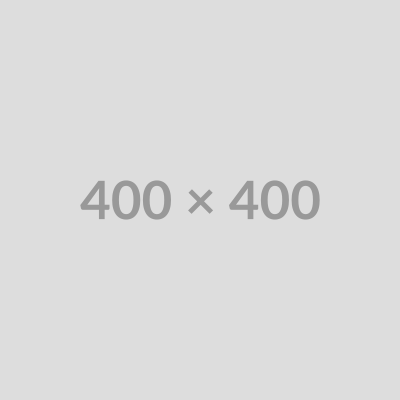
Linespacing: Ginto ITGOIT Medium
Ensure linespacing allows easy reading, avoiding overlap of ascenders and descenders. Use a balanced approach: not too tight, not too loose.
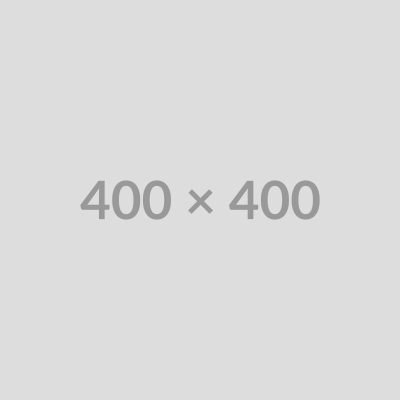
Letterspacing: Ginto ITGOIT Nord Bold
For headlines, apply a three-step process: start with default spacing, apply -3% tracking, then kern for even spacing. Use tight letterspacing for large type, looser for smaller type.
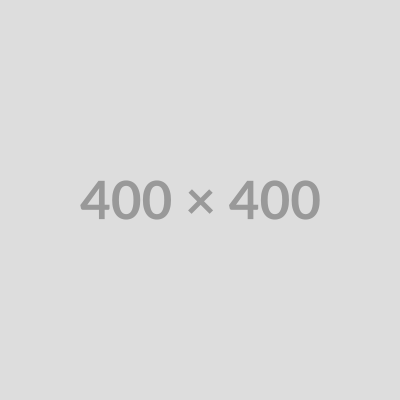
Letterspacing: Ginto ITGOIT Medium
Apply the same three-step process as Nord Bold, ensuring balanced spacing for readability.
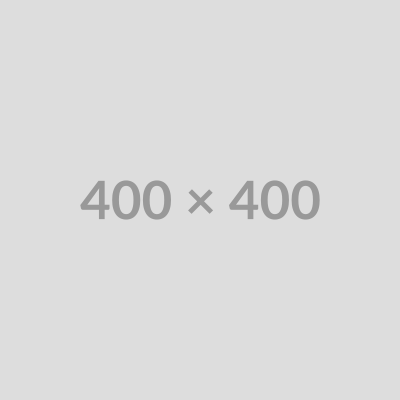
Alignment: Ginto ITGOIT Nord Bold
Align text left or center for ITGOIT communications. Avoid right-alignment or forced justification.
Alignment: Ginto ITGOIT Medium
Align text left or center for ITGOIT communications. Avoid right-alignment or forced justification.
Ragging
Ragging refers to the visual edge of a text block. Smooth ragging by adjusting line breaks to create a clean, readable edge, avoiding widows and uneven lines.
Sizing
Use no more than two type sizes, derived by doubling or halving a base size (e.g., 25pt to 50pt). For product design, type sizes may be closer together. Large type should fill the space; small type should have spacing below equal to one or more lines.
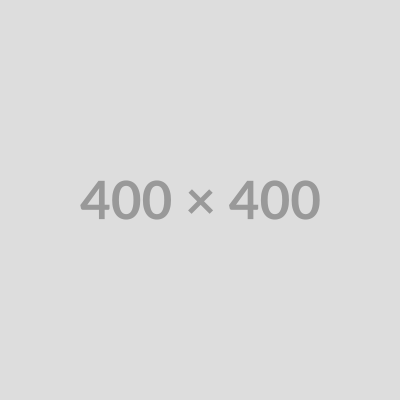

Typography Don'ts
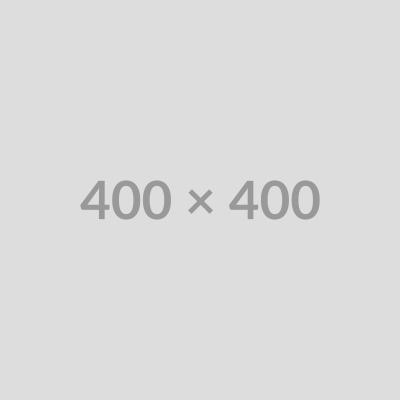
No: Avoid compressing or elongating type.
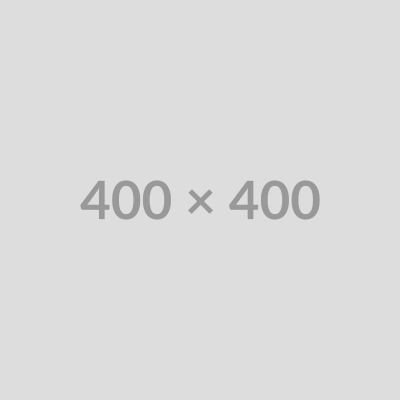
No: Don't use Ginto ITGOIT Medium for headlines or Nord Bold for body copy.
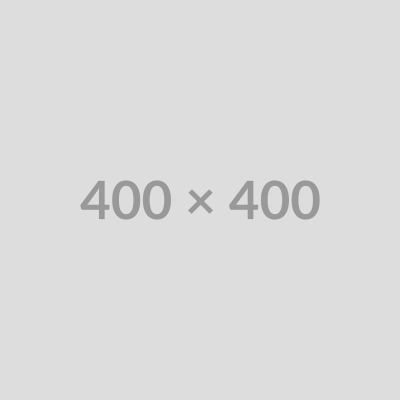
No: Headlines should be in All Caps, not Sentence Case.
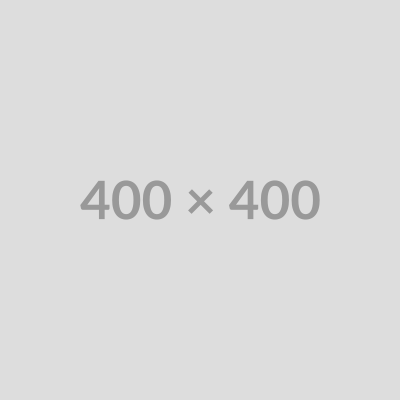
No: Stick to approved Ginto ITGOIT weights.
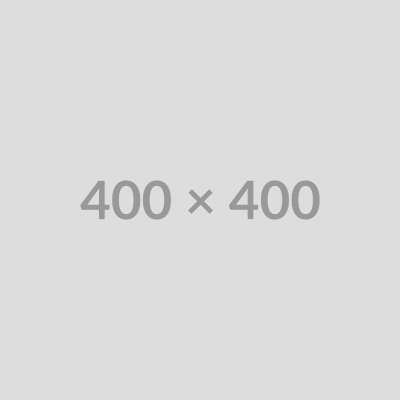
No: Use only Ginto ITGOIT typefaces, not others.
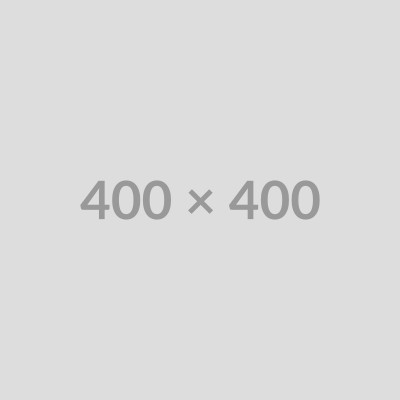
No: Avoid highlighting text with multiple colors.
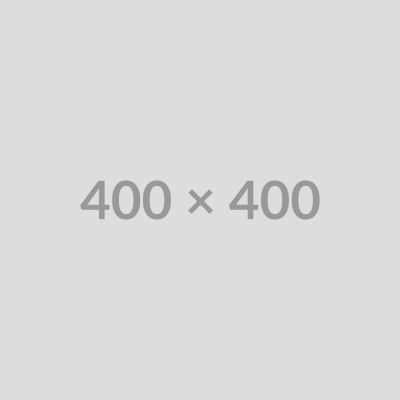
No: Keep typography upright, not tilted.
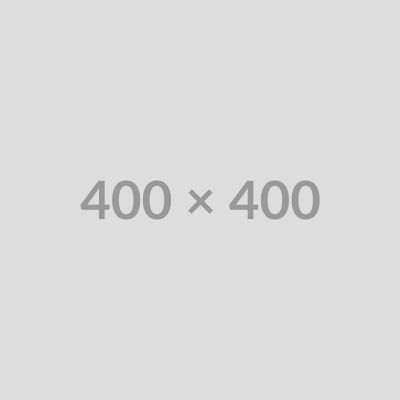
No: Use only approved gradients, no other effects.
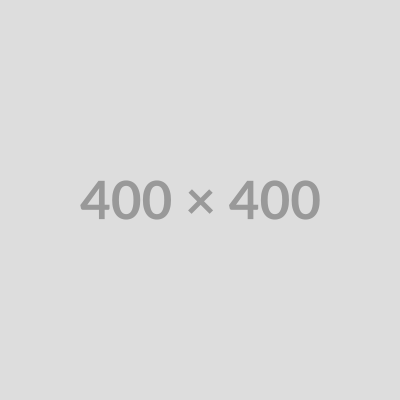
No: Avoid outlining text.
Backup Typeface: Montserrat
Use Montserrat Extra Bold for headlines when Ginto ITGOIT Nord is unavailable. Follow ITGOIT typography guidelines and avoid other fonts like Arial.
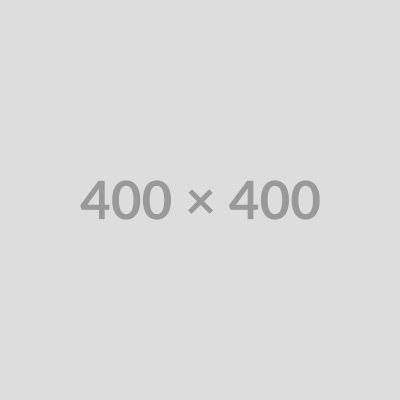
Backup Typeface: Noto Sans
Use Noto Sans Semibold for subheads, body copy, or captions when Ginto ITGOIT Medium is unavailable. Follow ITGOIT typography guidelines.
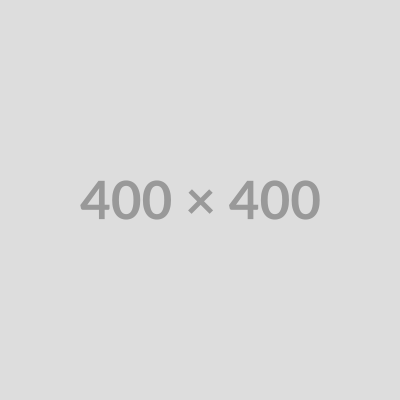
Backup Typeface: Non-Latin
Use Noto Sans Black for non-Latin scripts (e.g., Mandarin, Arabic) when Ginto ITGOIT is unavailable, or the closest equivalent.
Colors & Gradients
Colors
Colors
Our Brand Colors
Our identity is defined by a dynamic duo: Brand Purple and Primary Blue. Purple signifies our innovative and expert approach, while Blue represents trust, reliability, and technical proficiency. This combination creates a memorable and modern palette that is distinctly ITGOIT.
Brand Purple
Pantone: 268 C
CMYK: 80 98 0 0
RGB: 91 33 182
HEX: #5b21b6
Primary Blue
Pantone: 2133 C
CMYK: 81 64 0 0
RGB: 74 108 247
HEX: #4A6CF7
Core Palette
Our core palette forms the basis of our color strategy. Its consistent usage establishes a recognizable visual cue for the ITGOIT brand, and is complemented by our secondary palette for greater flexibility.
Brand Purple
Pantone: 268 C
CMYK: 80 98 0 0
RGB: 91 33 182
HEX: #5b21b6
Primary Blue
Pantone: 2133 C
CMYK: 81 64 0 0
RGB: 74 108 247
HEX: #4A6CF7
White
Pantone: N/A
CMYK: 0 0 0 0
RGB: 255 255 255
HEX: #ffffff
Black
Pantone: Black 6 C
CMYK: 75 68 67 90
RGB: 18 23 35
HEX: #121723
Core Pairings
These are the primary, high-contrast pairings for typography and UI elements to ensure clarity and impact.
White on Brand Purple
Sample Text
White on Primary Blue
Sample Text
Brand Purple on Light Blue
Sample Text
Primary Blue on Light Blue
Sample Text
Core Palette In Use
Here are some examples of the core palette in use for primary brand touchpoints.
- Employee ID Badge
- Out-of-Home Advertising
- Event Wayfinding
Secondary Palette
The secondary palette includes tints and shades of our core colors. These are used to add depth, create hierarchy, and support the primary palette in more complex designs.
Dark Purple
Pantone: 2695 C
CMYK: 84 99 26 14
RGB: 62 22 122
HEX: #3E167A
Dark Blue
Pantone: 2728 C
CMYK: 97 85 24 10
RGB: 37 58 154
HEX: #253A9A
Light Purple
Pantone: 2655 C
CMYK: 51 68 0 0
RGB: 159 125 219
HEX: #9f7ddb
Light Blue
Pantone: 2717 C
CMYK: 10 5 0 0
RGB: 233 238 255
HEX: #E9EEFF
Dark Gray
Pantone: 432 C
CMYK: 74 66 62 76
RGB: 29 36 48
HEX: #1D2430
Secondary Pairings
These pairings are ideal for secondary information, backgrounds, or when a more subtle contrast is needed.
Light Purple on Black
Sample Text
Light Blue on Black
Sample Text
Black on Light Purple
Sample Text
Black on Light Blue
Sample Text
Pairings to Avoid
To maintain legibility and brand consistency, please avoid these color combinations, especially for text.
- Dark secondary colors on light secondary colors
- Light secondary colors on dark secondary colors
- Light secondary colors on a core color
- Dark secondary colors on a core color
- Avoid pairing tints and shades of the same hue in the same composition if contrast is low
Usage Ratio
The correct ratio of color usage should be applied across ITGOIT communications from a holistic perspective. For core touchpoints and when introducing ITGOIT to new audiences, we lean heavily on our core palette. More temporal and contextual applications, such as social media, allow us to embrace the secondary colors to respond to contexts and be more playful in our brand expression.
Secondary Palette In Use
Here are some examples of the secondary palette in use:
- Instagram Story
- Instagram Post
- Merchandise
Color Don’ts
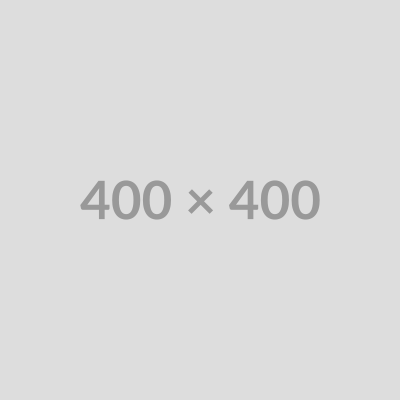
Don’t use Dark Color on Color
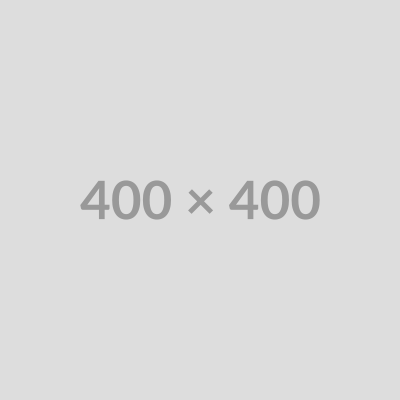
Don’t use Color on Light Color
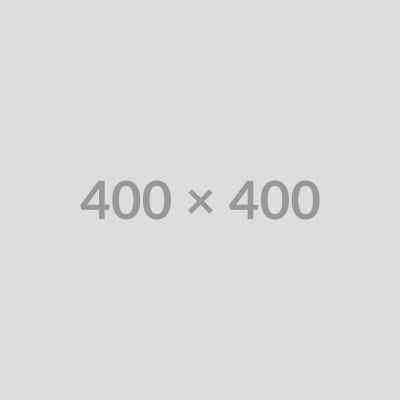
Don’t use Dark Color on Dark Color
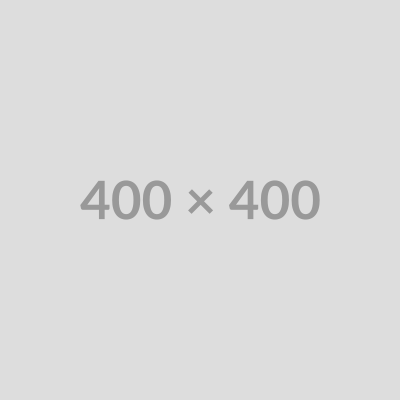
Don’t use unapproved pairings
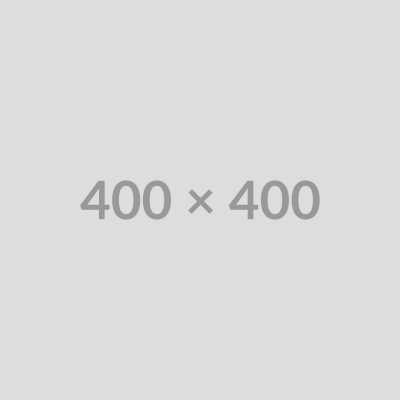
Don’t use two colors at the same time
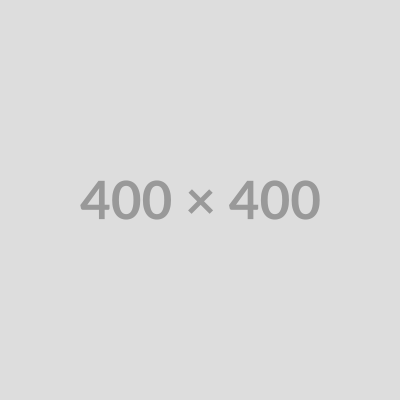
Don’t use color in Opacity
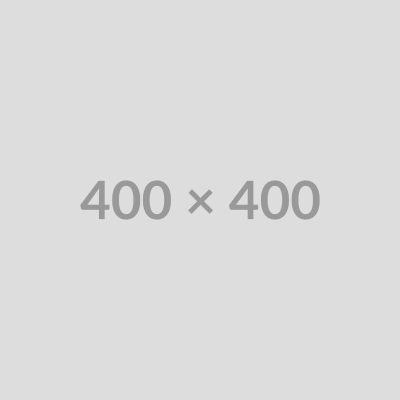
Don’t bring new gradient colors into type
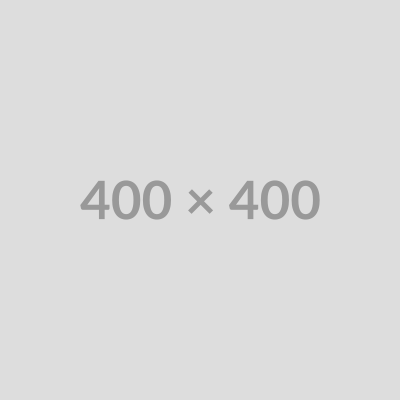
Don’t bring new gradient colors into background elements
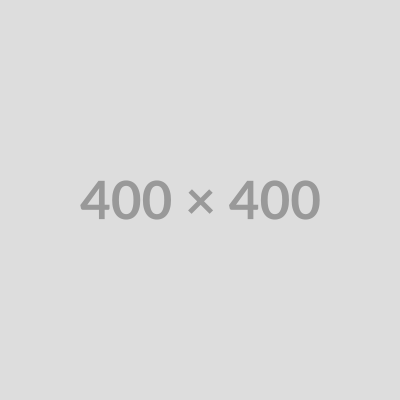
Don’t mix & match different color shades
For general guidance on minimum contrast requirements, please visit WCAG.
Gradients
Gradients
Overview
Our gradient language, inspired by the glow of a screen, is designed to bring a sense of depth and atmosphere to ITGOIT communications. They provide an opportunity to maximize our expressiveness with our purple and blue palette, keeping things fresh and dynamic.
Types
Two different styles provide flexibility when applying gradients, from more pronounced curvature to more subtle.
- Radial Gradient
- Cropped Gradient
Construction
The two gradient styles are differentiated by the amount of curvature within the gradient as illustrated in the diagrams.
Radial Gradients have a pronounced semi-circular curve. Cropped Gradients produce a more linear effect by cropping deeper into the curve.
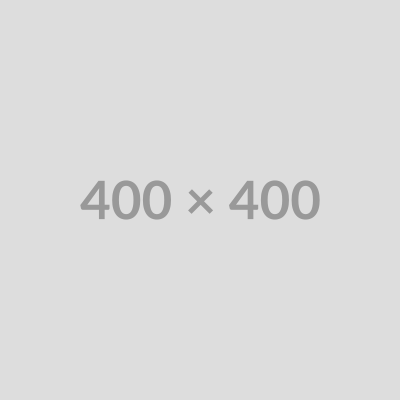
Radial Gradient
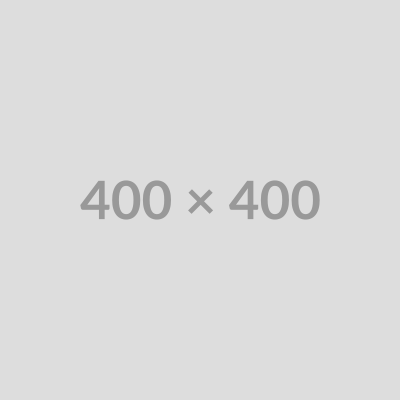
Cropped Gradient
ITGOIT gradients use only two colors at a time, adding a sense of depth without overpowering a composition.
Pairings
The approved gradient color pairings are shown below, using our core Purple and Blue palette.
Gradients should generally move from a lighter or more vibrant color to a darker one, enhancing the glowing effect.
Dark Purple on Black
Dark Blue on Black
Brand Purple on Primary Blue
Brand Purple on Dark Purple
Primary Blue on Dark Blue
Light Purple on Brand Purple
Light Blue on Primary Blue
Light Purple on Primary Blue
Light Blue on Brand Purple
Usage Spectrum
Gradients can be applied in the following ways when it comes to type and background:
- Flat Color on Color
- Flat Color on Gradient
- Gradient on Flat Color
- Gradient on Gradient
In Use
Here are some examples of gradients in use:

Example 1

Example 2

Example 3

